New Zealand's Indigenous art scene is not just a cultural treasure; it's a burgeoning global influence, reshaping perceptions and inspiring creatives worldwide. This article delves into the profound impact of Māori art on global culture and its significant role in New Zealand's identity and economy.
The Evolution of New Zealand’s Indigenous Art Scene
Indigenous art in New Zealand, primarily driven by Māori artists, has evolved from traditional carvings and weaving to contemporary expressions that engage with global artistic trends. Historically, Māori art was deeply rooted in storytelling and cultural preservation, using natural materials to create intricate works that conveyed significant narratives. Today, artists blend these traditions with modern techniques, creating art that resonates on a global stage.
Case Study: The Rise of Contemporary Māori Artists
One shining example is the success of Lisa Reihana, whose multimedia work "In Pursuit of Venus [infected]" gained international acclaim. This work, a digital recreation of a 19th-century painting, challenges colonial narratives and was featured at the prestigious Venice Biennale. Reihana’s success showcases how Māori art can engage with global audiences while preserving cultural integrity.
According to a report by the Ministry of Business, Innovation and Employment (MBIE), the creative sector, including visual arts, contributed over NZD 17.5 billion to New Zealand’s economy in 2022. This data underscores the economic significance of the indigenous art scene and its potential for growth.
Global Influence and New Zealand’s Economic Impact
New Zealand's indigenous art is not only culturally significant but also economically impactful. The global demand for Māori art has increased, with collectors and institutions worldwide seeking authentic pieces. This demand has boosted New Zealand’s art market, contributing to employment and tourism.
In 2023, Stats NZ reported a 15% increase in international tourists visiting specifically for cultural experiences, with indigenous art exhibitions being a key attraction. This trend highlights the economic potential of Māori art as a driver for tourism and international interest.
Industry Insight: Bridging Tradition and Modernity
The challenge lies in balancing tradition with modernity. While traditional art forms remain vital, incorporating contemporary elements can increase relevance and accessibility. Experts suggest that investing in digital platforms could expand the reach of indigenous art, making it more accessible to global markets.
Myths and Misconceptions About Māori Art
- Myth: Māori art is solely traditional and lacks modern appeal. Reality: Many contemporary Māori artists are internationally recognized for innovative works that blend tradition with modern themes.
- Myth: Indigenous art has minimal economic impact. Reality: The creative sector significantly contributes to New Zealand's GDP, with indigenous art being a pivotal component.
- Myth: Māori art is exclusive to New Zealand. Reality: Māori artworks are featured in international galleries and private collections, underscoring their global influence.
Future Trends and Predictions
Looking ahead, the integration of technology with traditional art forms is likely to continue shaping the indigenous art scene. Virtual reality and augmented reality present opportunities for immersive experiences, potentially attracting a new generation of art enthusiasts.
Moreover, with increasing global awareness of indigenous rights and cultural heritage, Māori art is poised to gain further international recognition. By 2030, it’s predicted that Māori art exports could increase by 25%, significantly boosting New Zealand's cultural economy.
Conclusion
New Zealand's indigenous art scene is a dynamic and influential component of the global art landscape. It not only preserves the cultural heritage of the Māori but also contributes significantly to the nation’s economy. As global interest continues to grow, the potential for indigenous art to foster cultural exchange and economic development becomes increasingly apparent.
If you found this exploration insightful, share your thoughts or experiences with Māori art in the comments below. What future developments do you foresee for New Zealand’s indigenous art scene?
People Also Ask
- How does Māori art impact New Zealand's economy? Māori art significantly contributes to the economy through tourism and global art sales, enhancing cultural tourism and boosting GDP.
- What are the biggest misconceptions about Māori art? A common myth is that Māori art is only traditional, but many contemporary Māori artists are innovating new forms.
- What future changes could affect New Zealand's indigenous art scene? Technological advancements and increased global cultural awareness are expected to elevate the prominence and accessibility of Māori art.
Related Search Queries
- Māori art global influence
- New Zealand indigenous art economy
- Contemporary Māori artists
- Future of Māori art
- Indigenous art exhibitions New Zealand






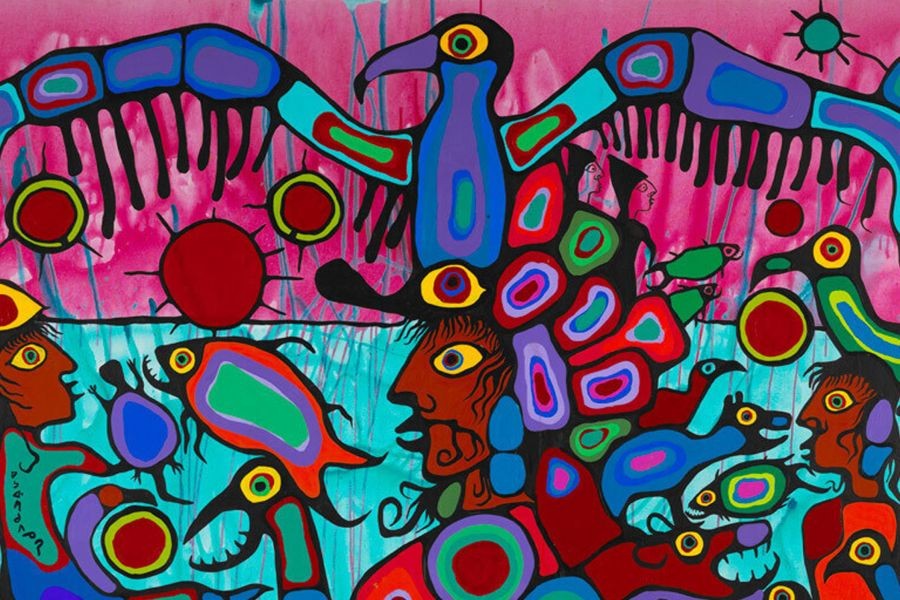


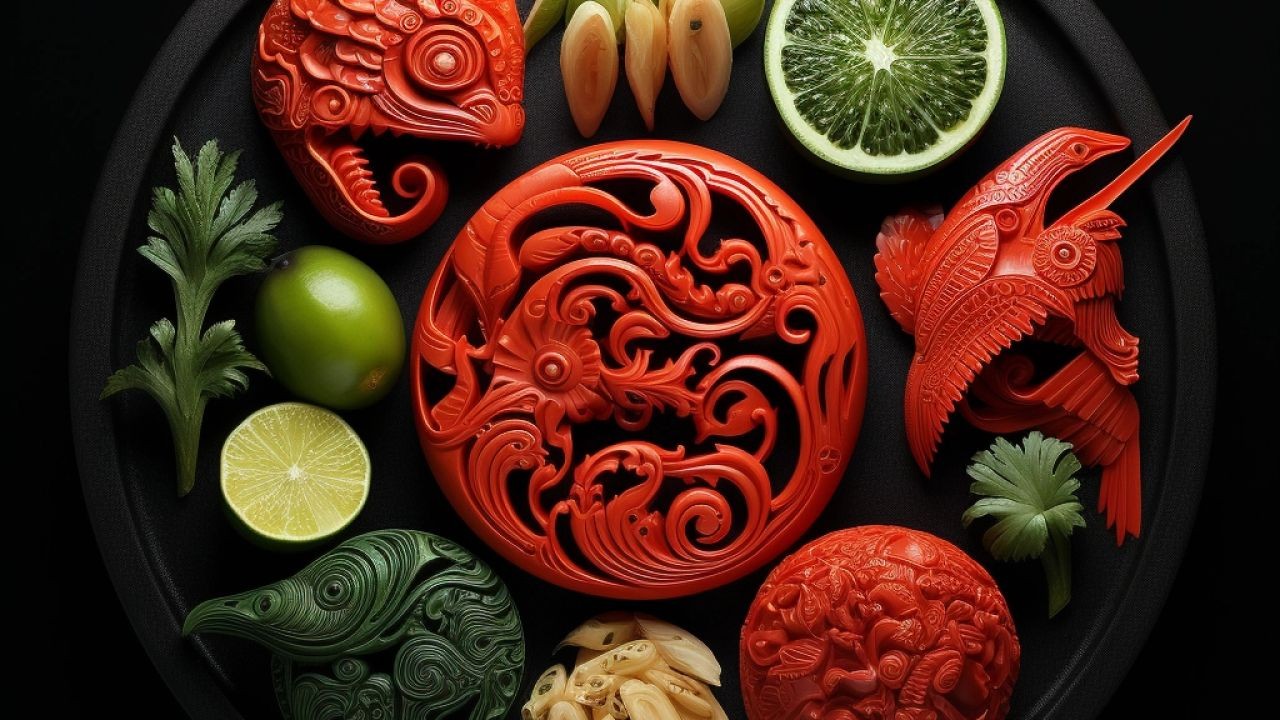





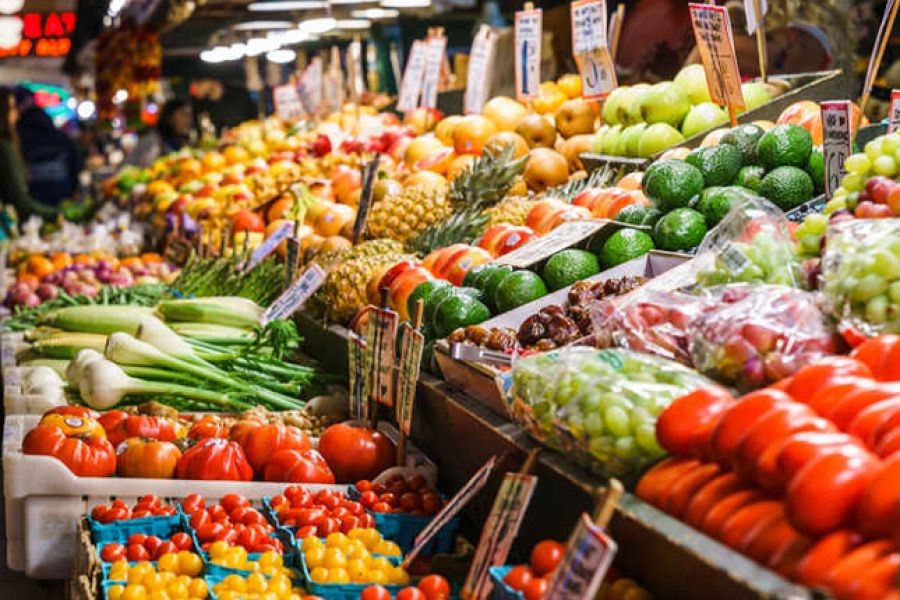











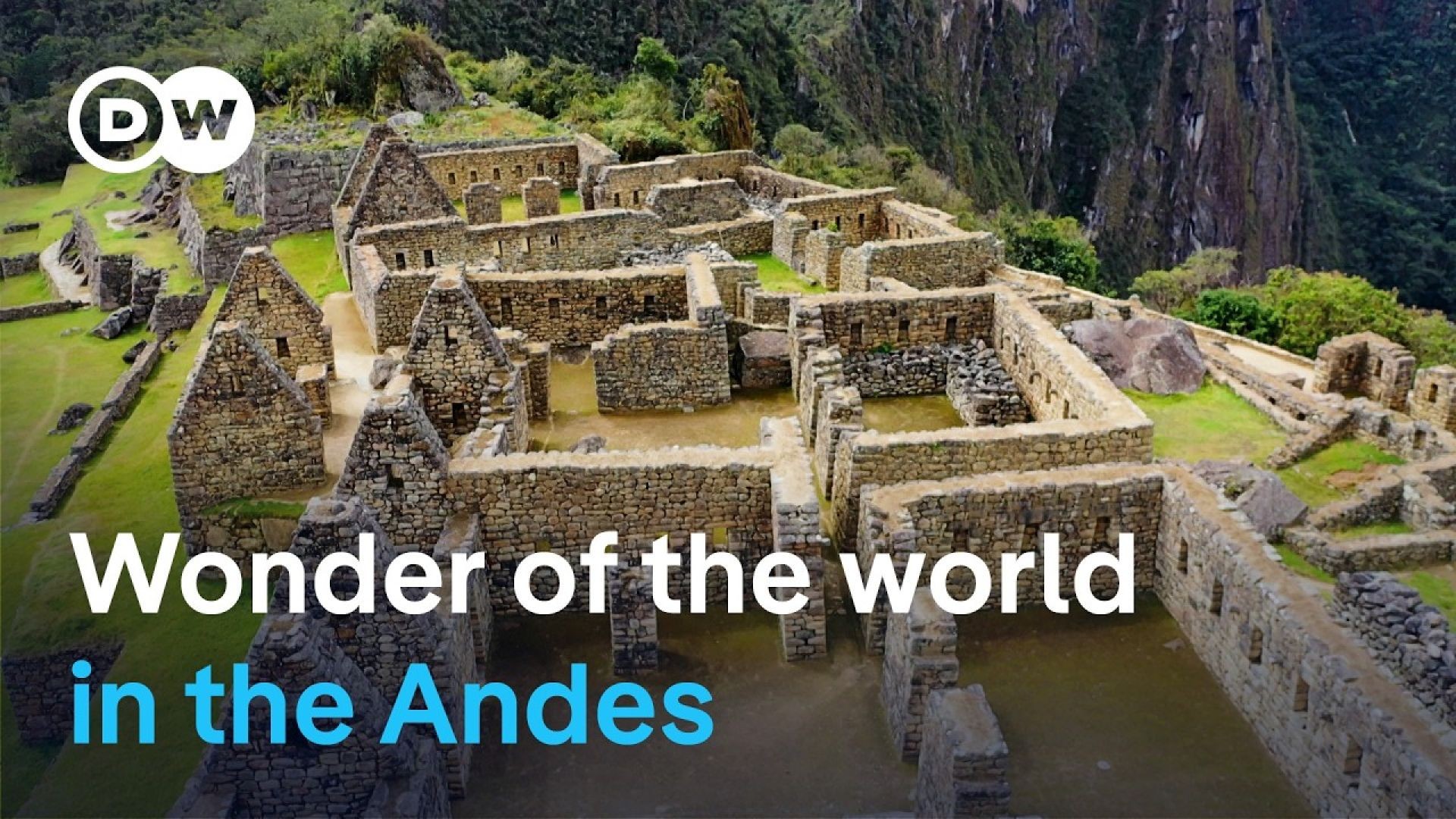



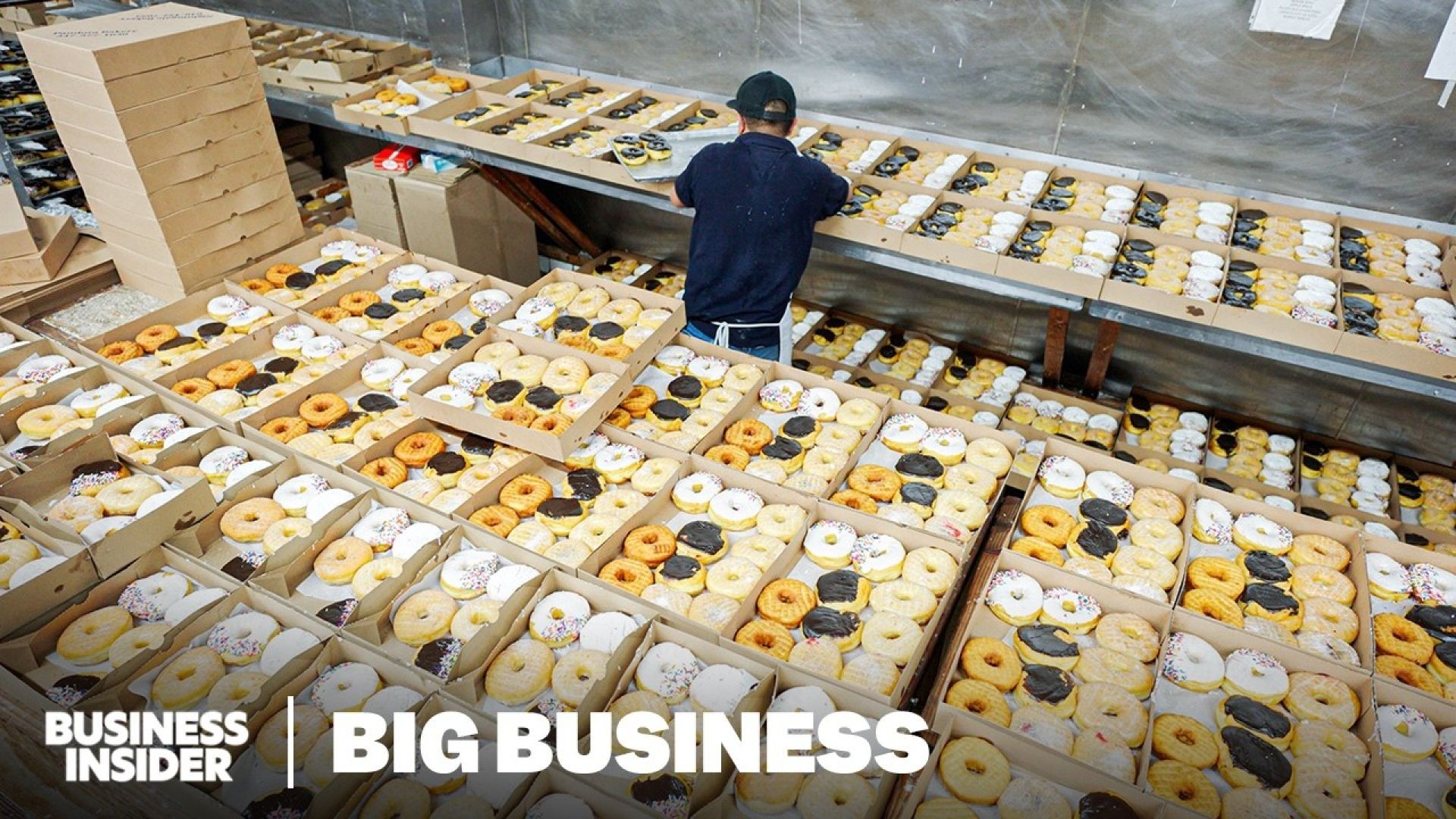
janeramsay9260
8 months ago